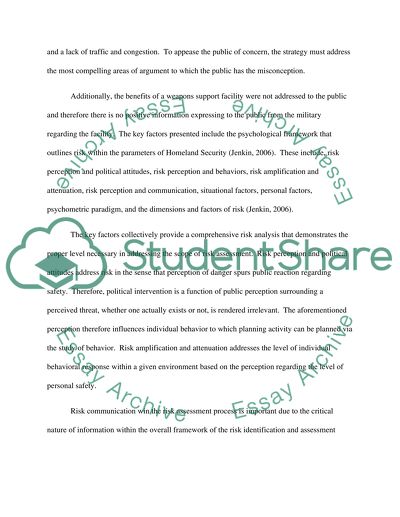Characterization and Analysis of Risks - Risk Communication Case Study. Retrieved from https://studentshare.org/health-sciences-medicine/1579833-characterization-and-analysis-of-risks-risk-communication
Characterization and Analysis of Risks - Risk Communication Case Study. https://studentshare.org/health-sciences-medicine/1579833-characterization-and-analysis-of-risks-risk-communication.


